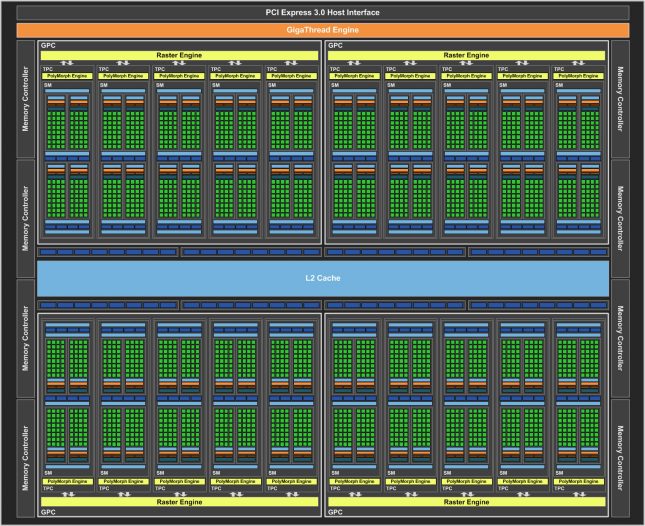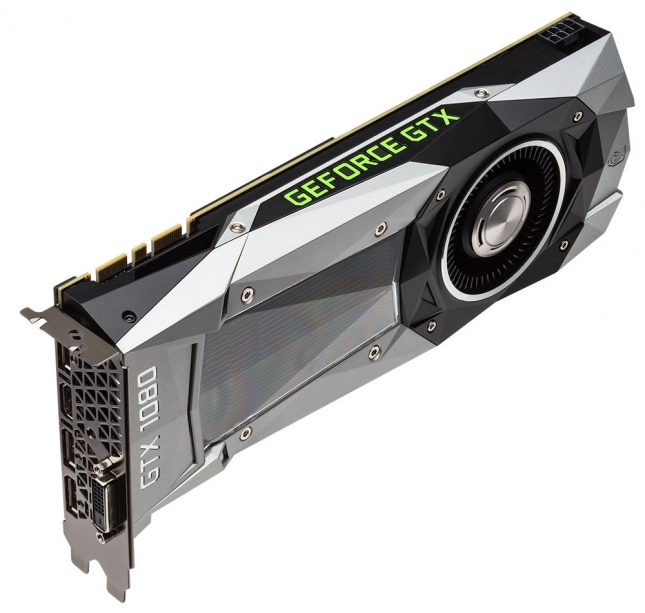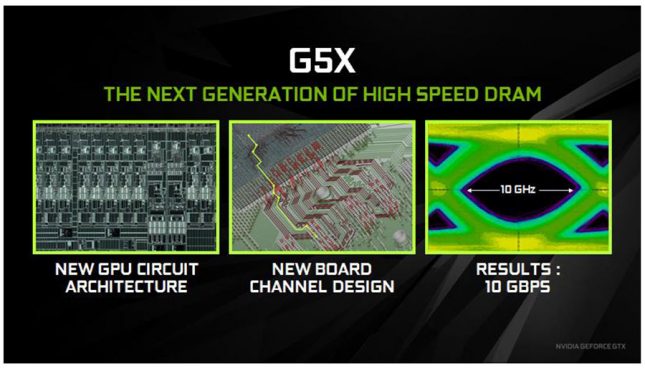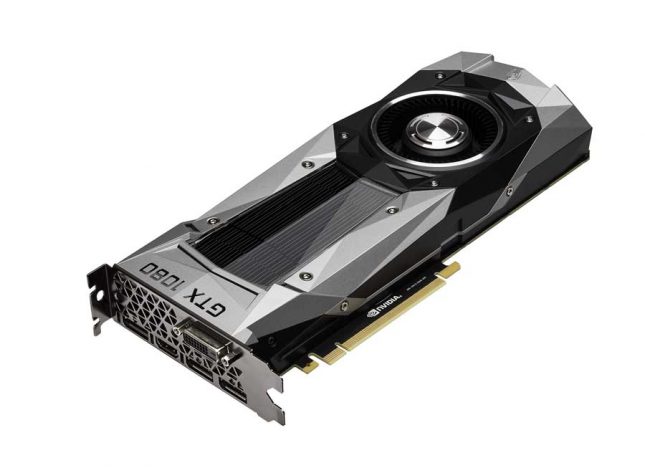NVIDIA GeForce GTX 1080 Founders Edition Video Card Review
Meet The Mighty GeForce GTX 1080 ‘Pascal’ Video Card!
The highly anticipated NVIDIA GeForce GTX 1080 video card is finally here! Gamers have waited years for NVIDIA to move to the new 16nm FinFET manufacturing processor and we have finally moved away from the 28nm manufacturing process that we’ve been using for nearly half a decade. The move also comes with the introduction of a brand-new architecture code-named Pascal that will replace the Maxwell Architecture that NVIDIA has been releasing video cards with for the past two years as well as new GDDR5X memory. All these changes mean that the GeForce GTX 1080 is by far the most advanced GeForce video card ever and according to NVIDIA it is ready for the latest DX12 game titles and pretty much everything Virtual Reality (VR) can throw at it.

The NVIDIA GeForce GTX 1080 uses the GP104 Pascal GPU that has 20 Streaming Multiprocessor units enabled in four GPX clusters that process 32-thread warps. Each SM contains 128 CUDA cores, 2556KB of register capacity and a 96KB shared memory unit. If you take the number of SM units and times it by 128, that is how you end up with a total of 2560 CUDA cores that handle the pixel, vertex and geometry shading workloads. The texture filtering is done by 160 texture units and 64 ROPs for a total of 277.3 Gigatextures/sec. The GP104 GPU has 2MB of shared L2 cache. This is very similar to the GM204 die design that is used by the GeForce GTX 980, but there are obviously more cores and NVIDIA cranked the bloody heck out of the clock speeds. The 2560 CUDA cores on the GeForce GTX 1080 are clocked at 1607MHz base and 1733MHz boost. This is a huge increase in clock speeds as we’ve been stuck in the 800-1100 MHz clock range for the past six years. NVIDIA was able to get clock speeds this high by analyzing and improving each and every path to ensure that everything has been optimized for performance and efficiency. These enhancements along with the move to the 16nm node for the GPU allowed for the high clock speeds. The end result is that the GeFOrce GTX 1080 has 8,873 GFLOPS with regards to compute performance versus just 4,981 GFLOPS in the GeForce GTX 980 that came out less than two years ago! NVIDIA has also implemented new hardware features like Asynchronous Compute and faster V-Sync that they believe will be of growing importance with the release of more DX12 game titles in the years to come.
Lastly, you have 8GB of Micron GDDR5X memory on a 256-bit memory interface running at 5005MHz or 10,000MHz as the effective memory clock. There are eight 32-bit memory controllers on the GP104 GPU. NVIDIA went with the narrower 256-bit bus to save power and lower the transistor count while being able to retain a respectable 320 GB/s of memory bandwidth. GDDR5X runs at 1.35V instead of 1.5V on GDDR5, so you are able to get some power savings by using GDDR5X.
| GTX 1080 | GTX 980 Ti | GTX 980 | GTX 780 | GTX 680 | GTX 580 | |
| Microarchitecture | Pascal | Maxwell | Maxwell | Kepler Refresh | Kepler | Fermi |
| Stream Processors | 2560 | 2816 | 2048 | 2304 | 1536 | 512 |
| Texture Units | 160 | 176 | 128 | 192 | 128 | 64 |
| ROPs | 64 | 96 | 64 | 48 | 32 | 48 |
| Core Clock | 1607MHz | 1000MHz | 1126MHz | 863MHz | 1006MHz | 772MHz |
| Shader Clock | N/A | N/A | N/A | N/A | N/A | 1544MHz |
| Boost Clock | 1733MHz | 1075MHz | 1216MHz | 900MHz | 1058MHz | N/A |
| GDDR5 Memory Clock | 5,005MHz | 7,010MHz | 7,000MHz | 6,008MHz | 6,008MHz | 4,008MHz |
| Memory Bus Width | 256-bit | 384-bit | 256-bit | 384-bit | 256-bit | 384-bit |
| Frame Buffer | 8GB | 6GB | 4GB | 3GB | 2GB | 1.5GB |
| FP64 | 1/32 | 1/32 | 1/32 FP32 | 1/24 FP32 | 1/24 FP32 | 1/8 FP32 |
| Memory Bandwidth | 320 | 336.5 | 224 | 288 | 192.3 | 192.4 |
| TFLOPS | 8.9 – Base 8.2 – Peak |
5.6 | 5 | 4 | 3 | 1.5 |
| GFLOPS/Watt | 49 | 22 | 30 | 15 | 15 | 6 |
| TDP | 180W | 250W | 165W | 250W | 195W | 244W |
| Transistor Count | 7.2B | 8.0B | 5.2B | 7.1B | 3.5B | 3B |
| Manufacturing Process | TSMC 16nm | TSMC 28nm | TSMC 28nm | TSMC 28nm | TSMC 28nm | TSMC 40nm |
| Release Date | 05/2016 | 05/2015 | 09/2014 | 05/2013 | 03/2012 | 11/2010 |
| Launch Price | $699 | $649 | $549 | $649 | $499 | $499 |
Here is a table that compares the flagship cards for the four most recent architecture on NVIDIA’s flagship graphics cards!
Let’s move along and take a look at the GeForce GTX 1080 Founders Edition graphics card!



